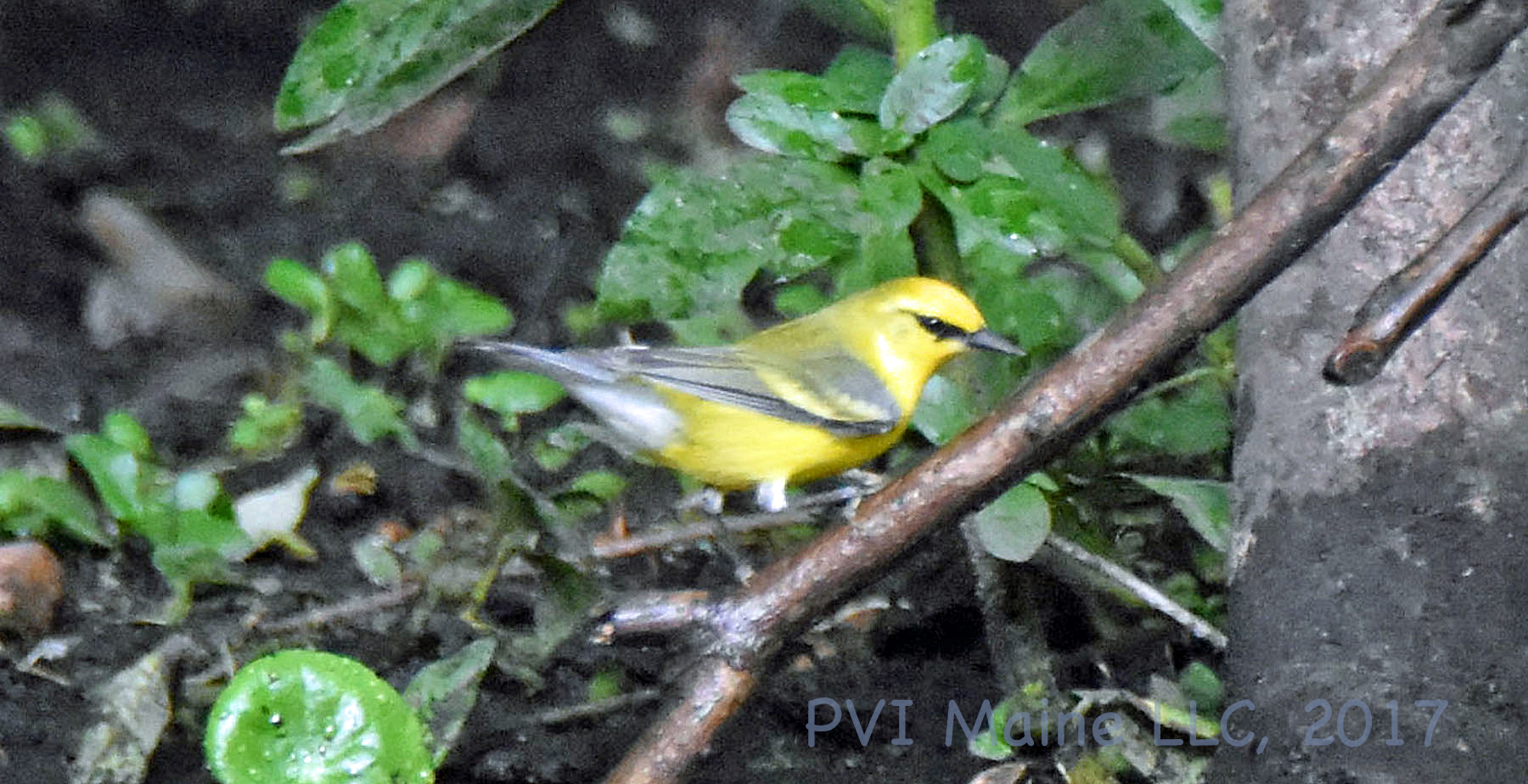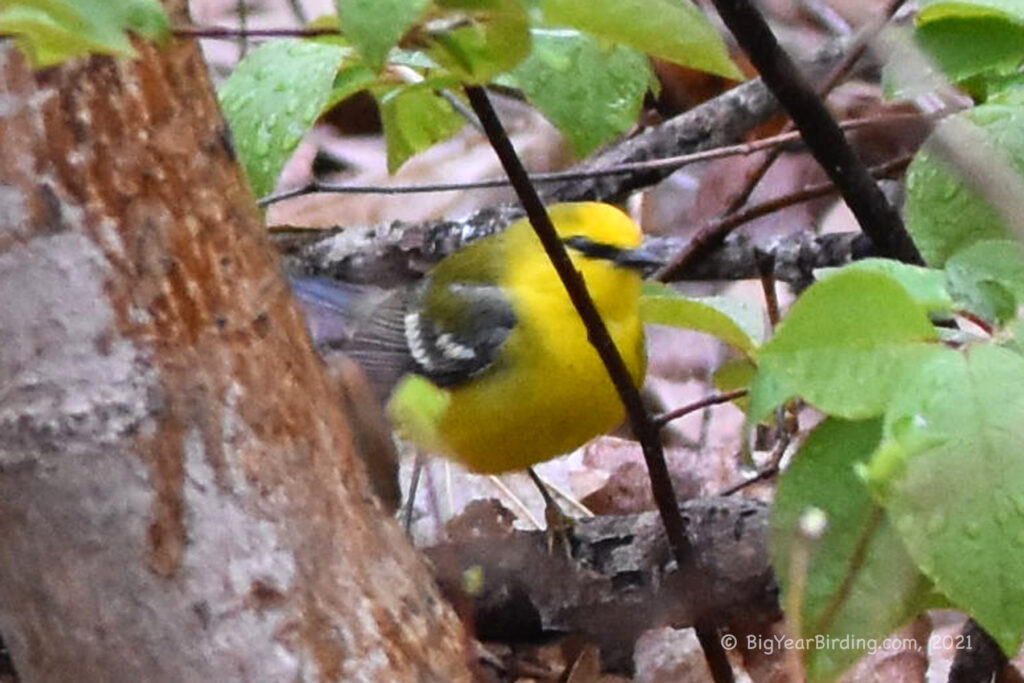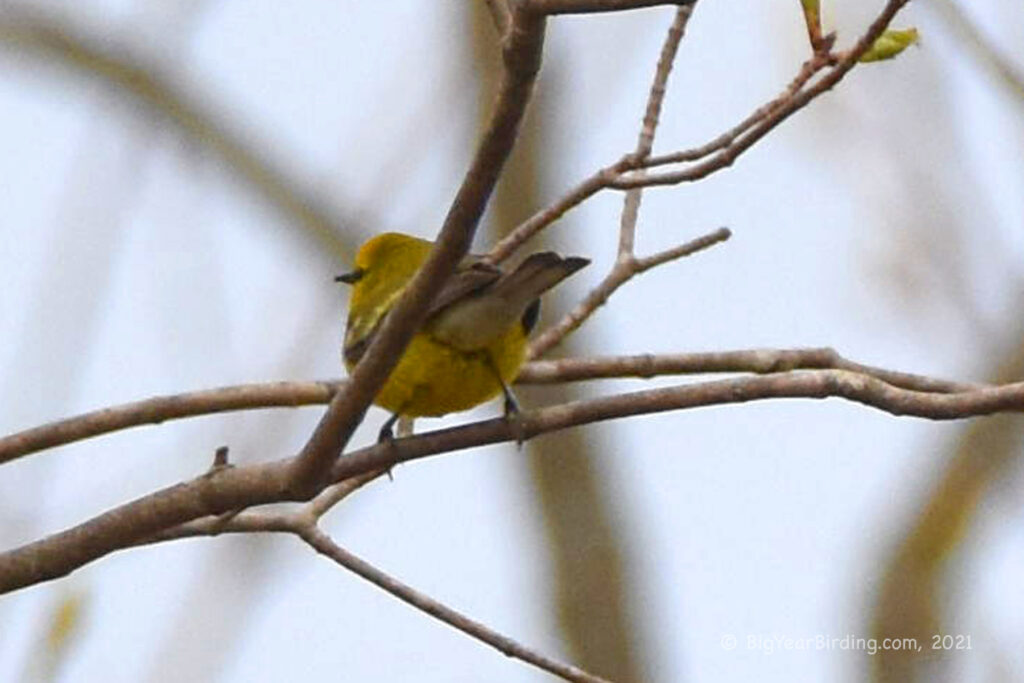
The Blue-winged Warbler is a small migratory songbird that is commonly found in the eastern United States. It measures approximately 4.5 inches in length and weighs around 0.3 ounces, making it one of the smallest warbler species. The male Blue-winged Warbler has bright yellow plumage with distinctive blue-gray wings, while the female has more subdued yellow coloring with a grayish head and back.
One of the most distinguishing field marks of the Blue-winged Warbler is the bright yellow coloration of its underparts, which sharply contrasts with the blue-gray of its wings. It also has a distinctive black eye-line and a white patch on its wings. The female has a similar color pattern, but with less intense coloring and a less prominent eye-line.
The Blue-winged Warbler is a Neotropical migrant, meaning it spends the winter months in Central and South America and migrates to the eastern United States to breed. It typically arrives in its breeding range in mid-April and departs in late August to early September. During migration, it may be observed in open woodlands, thickets, and other habitats with dense vegetation.

Breeding habitats for the Blue-winged Warbler include young forests, shrubby fields, and other open areas with dense understory vegetation. It is known for its distinctive buzzy song, which is often described as sounding like “bee-buzz-bzzz”. It typically constructs its nest in shrubs or saplings near the ground and lays 4-5 eggs per clutch.
Overall, the Blue-winged Warbler is a small but distinctive and highly migratory songbird that is easily recognized by its bright yellow underparts and blue-gray wings. Its preferred breeding habitat is open areas with dense understory vegetation, and it is known for its buzzy, bee-like song.

